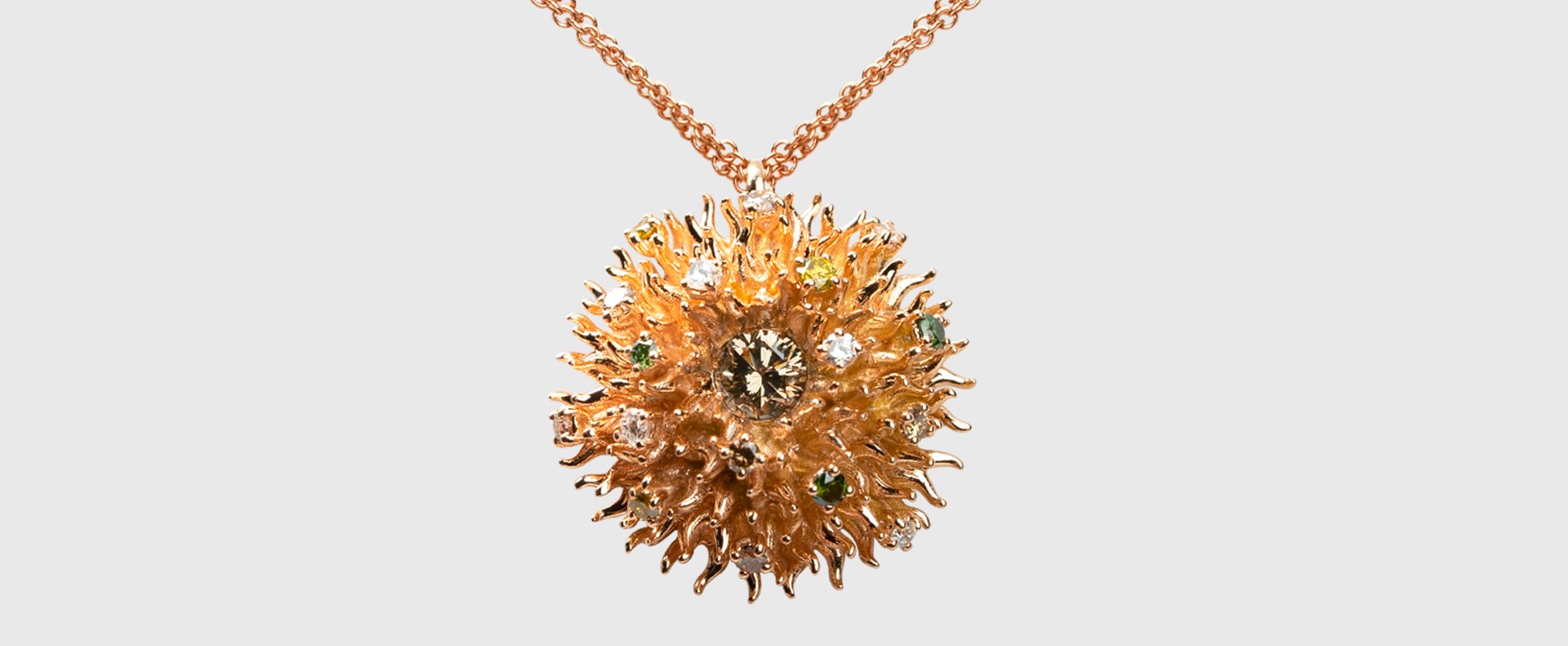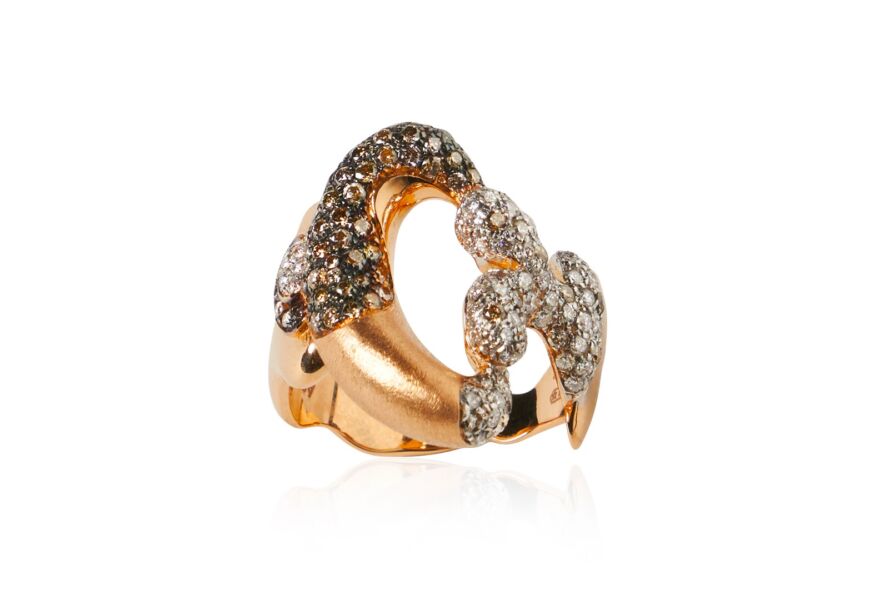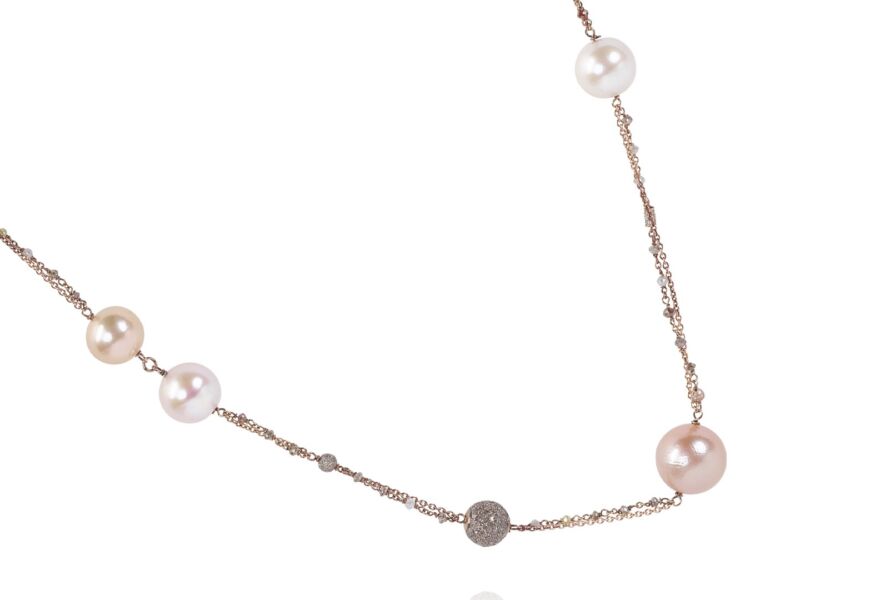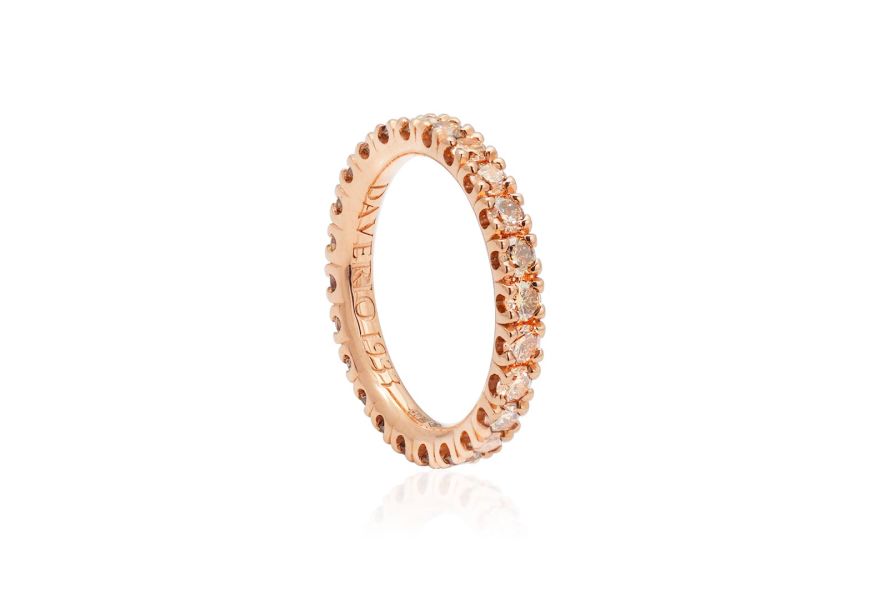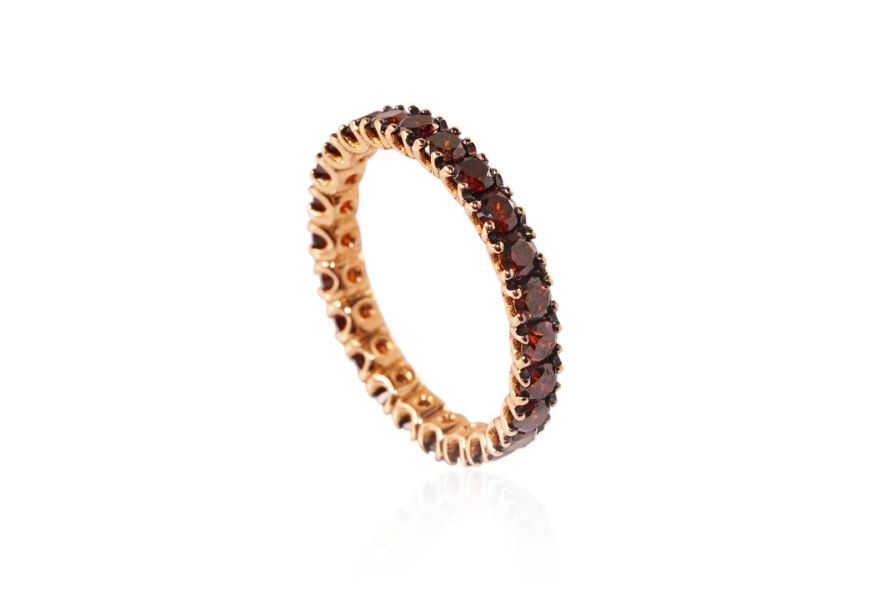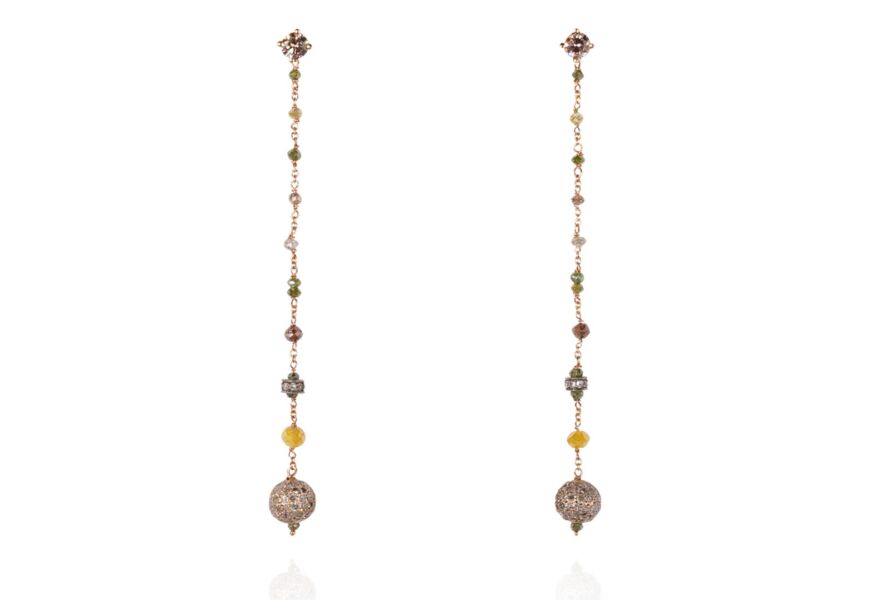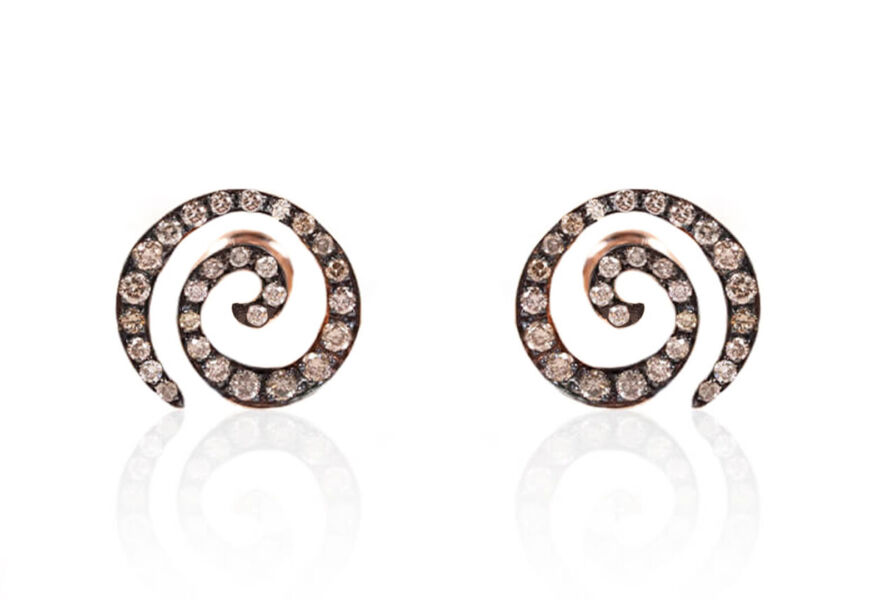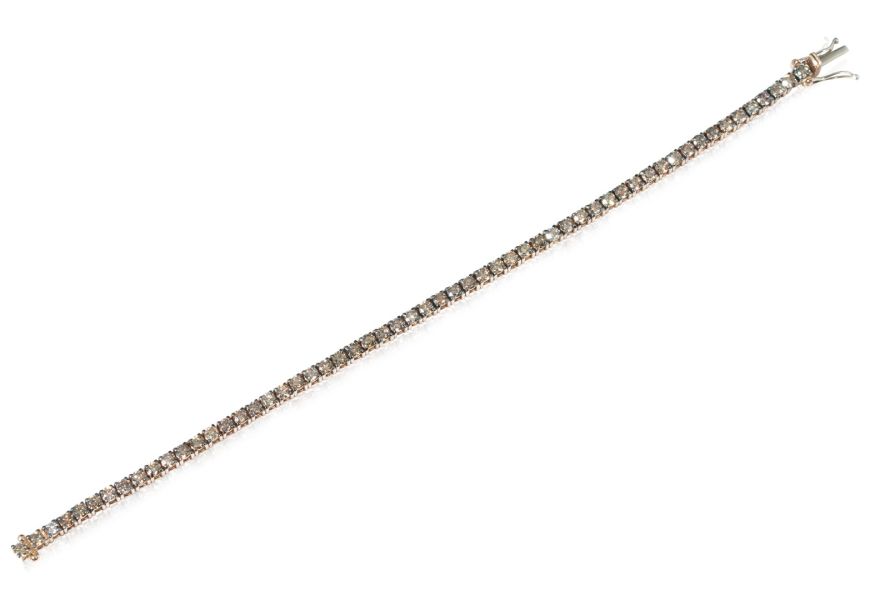Brown Diamonds, all the Shades of an Unusual Gem
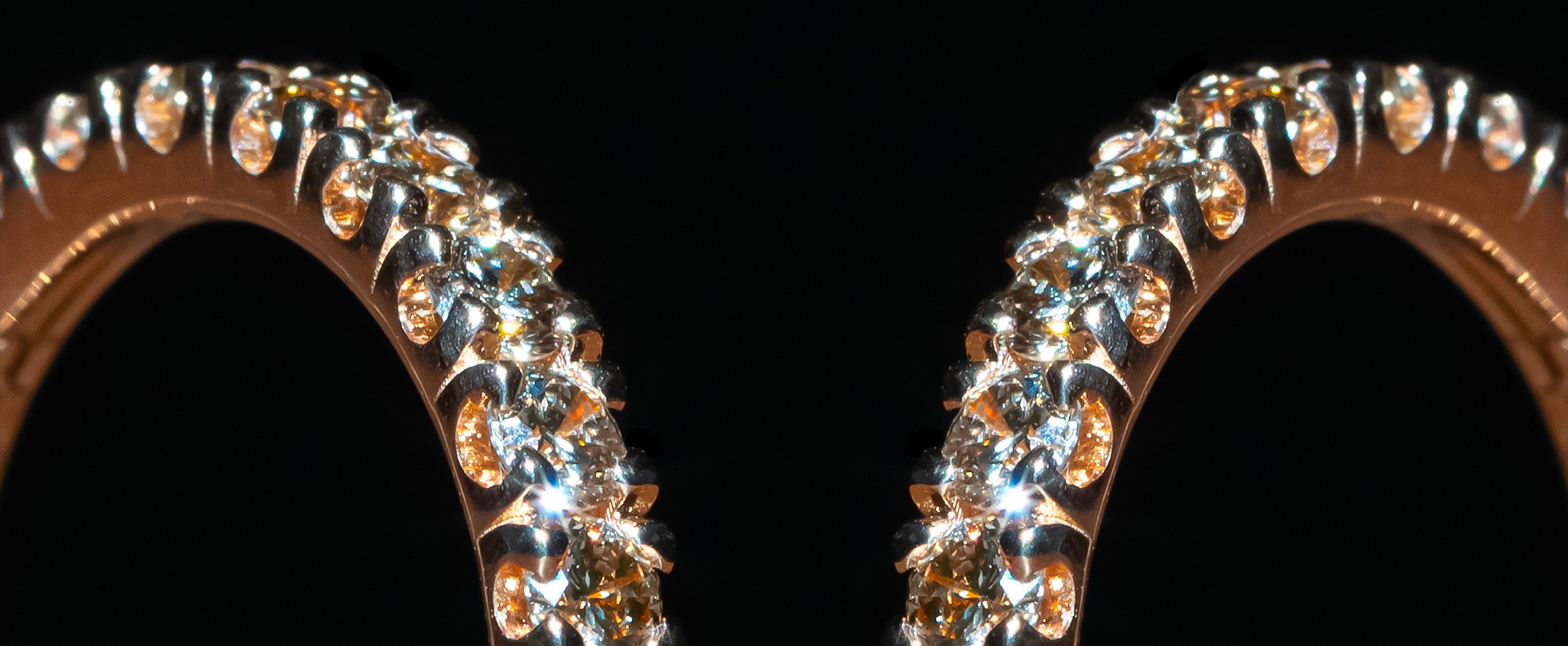
While the most well-known diamonds remain colorless, colored ones have also become popular: among these are brown diamonds, also known as brown diamonds. These stones have a unique history that has made them known to the public and protagonists of high jewelry.
From Overlooked Stones to Star Gems: the Story of Brown Diamonds
The brown diamonds are the most common among natural colored diamonds, while still remaining quite rare. Their hue is due to the presence of nitrogen, which, combined with other elements, gives the stone a shade that can range from yellow to brown. Precisely because of their color, brown diamonds were for a long time used mostly in industry and not as precious stones for jewelry, for which colorless gems were preferred.
Things changed in the 1980s with the development of the Argyle mine in northwestern Australia. This mine became famous worldwide for producing colored diamonds, especially pink, but also other hues, including brown.
The brown diamonds thus became known to the general public, thanks also to effective communication strategies of major American jewelry producers. They began to use other terms to define the shades of these stones: champagne, cognac, chocolate were more evocative names that attracted people much more than the simple “brown”.
The definitive success of brown diamonds was cemented by the historic company LeVian, which in 2000 registered the trademark “Chocolate Diamonds,” chocolate diamonds, establishing precise requirements for these diamonds with particularly intense tones.
All the Colors of Brown Diamonds
The International GIA Scale: from “Faint Brown” to “Dark Brown”
As is well known, color is one of the so‑called 4Cs that are fundamental in determining a diamond’s value. The GIA, the Gemological Institute of America, classifies the color of these stones on a scale ranging from D (the highest level) to J for colorless gems, and from K to Z for stones showing hues from yellow to brown.
Brown diamonds can therefore be “faint brown,” “very light brown,” and “light brown”, with the last level indicated by the letter Z.
Diamonds with a darker shade do not fall within this scale and are defined as fancy, with variations of light brown, brown, and dark brown.
The Argyle Scale: Champagne, Cognac, and Chocolate Diamonds
More evocative, as we have seen, are the names indicated by the so‑called Argyle scale, named after the mine that made brown diamonds famous.
This scale includes seven grades, from C1 to C7, for various color tones:
champagne diamonds light (C1 – C2), medium (C3 – C4) and dark (C5)
cognac diamonds (C6) and deep cognac (C7)
LeVian’s famous chocolate diamonds must meet very rigorous criteria:
• the color must be between grades C4 and C7 (from medium champagne to deep cognac) on the Argyle scale
• the clarity must be SI grade (few inclusions) or higher on the appropriate GIA scale
• the precious stone must be ethical, meaning the extraction activity must respect workers’ rights and the proceeds must not finance wars, criminal organizations or terrorist groups.
